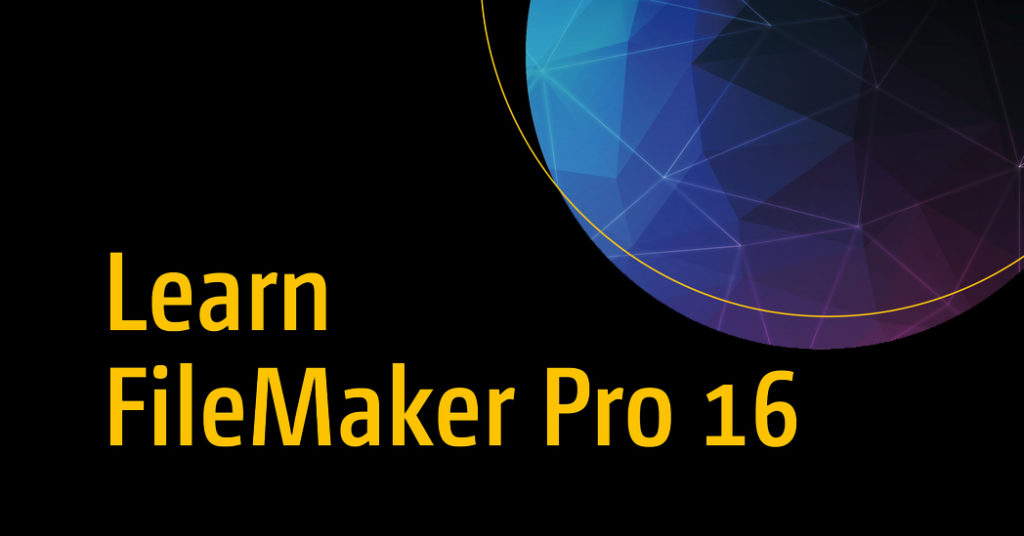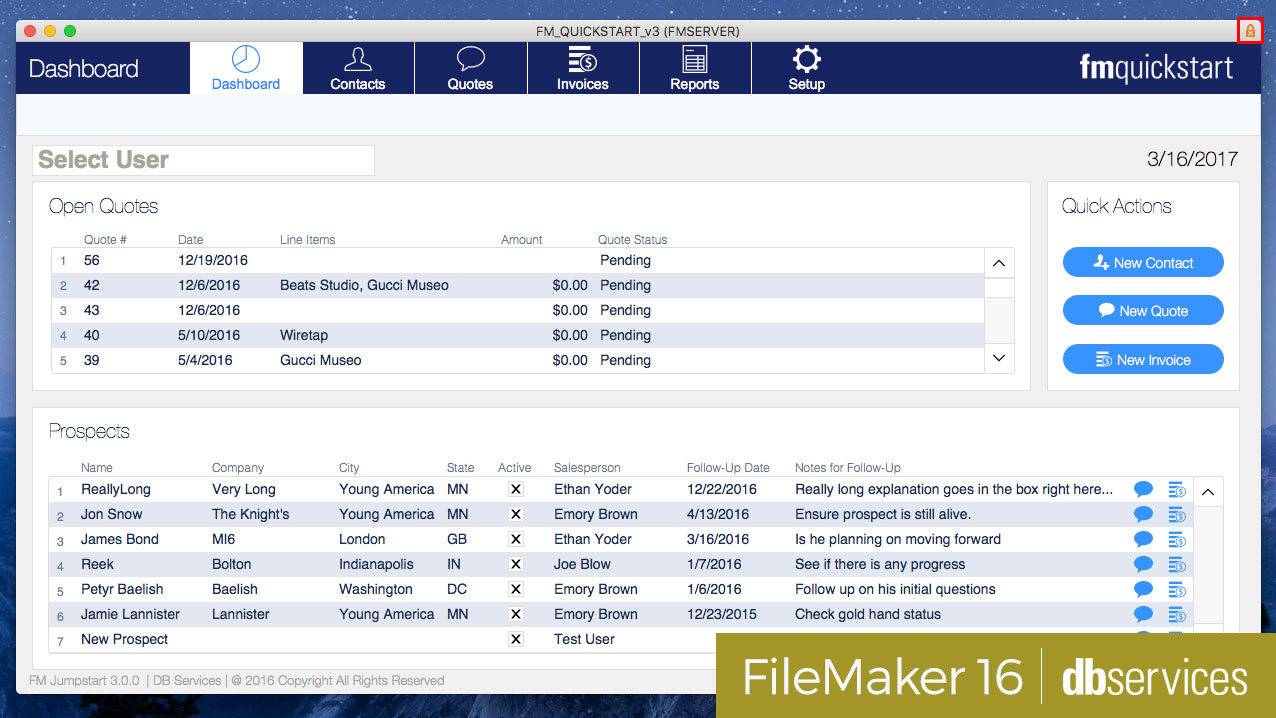


The Floating Document and Dialog windows are very similar to the Document window and always stay on top of other windows.īut the Card Window is different than the other 3 options. The Document style is your default non-modal window that gives you options for Window Name, layout to use, size and positioning, and options to show or hide buttons for closing, minimizing and maximizing, and to show or hide the menu bar and toolbars. In these script steps, you now have 4 options when selecting your window style: Document, Floating Document, Dialog, and Card. To make use of the new Card Window, you define this in the New Window, or Go To Related Record (GTRR) script steps. This gives you full control and all the tools at your disposal that you can use when building layouts. The Card Window also allows you to use any layout regardless of the context you are in. Users must interact with the modal window before they can return to the parent window. The Card Window option gives you a true modal window that disables the main window, but keeps it visible behind the modal window.

It allows you to display two unrelated contexts within the same window! The Card Window adds a powerful new feature that was not possible prior to FileMaker 16. At the end of this post are links to a number of these excellent articles that give examples of how the Card Window can be used. Much has already been written about the new Card Window feature in FileMaker Pro, so I’m not going to try to repeat all the great articles out there, but I’ll provide a summary here instead.


 0 kommentar(er)
0 kommentar(er)
